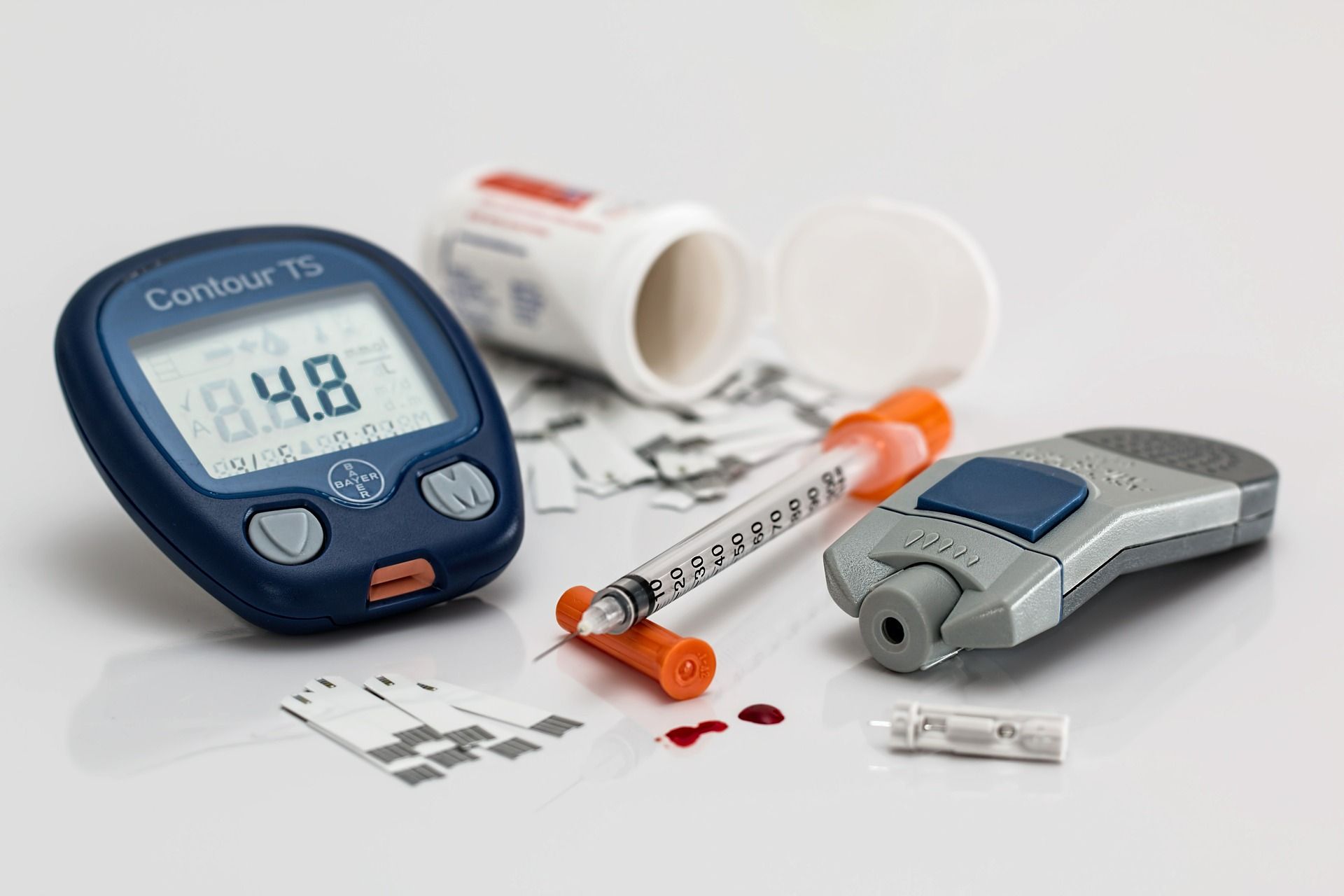dr. christine ibrahim is an endocrinologist at scarborough rouge hospital in scarborough, ont. supplied
we’re trying to move toward not just patient education, but also to a model where the patient can do their own critical appraisal and reflect on these decisions and say, ‘ok, what do i need to do differently?’ the beauty of this is that with the advent of technology and the way the field of diabetes management is growing, we’ve got devices like continuous glucose monitors which can tell you your blood sugar at any point in time. you can use those to make clinical decisions.
low blood sugar can also be a problem for people with type 2 diabetes.
dr. i.: highs and lows exist in all types of diabetes. hypoglycemia is low blood sugar. sugar is like fuel to the body. if you think of what gas means to a car, when you don’t have enough gas in the car, it stalls and then eventually stops. so, similarly, if you run out of that glucose energy in the body, it also has a stalling effect, especially if not enough sugars are going to the brain. we don’t have statistics or a percentage on hypoglycemia, but it is common.
symptoms can be mild, they can be severe in some circumstances, and they could unfortunately be life-threatening. it might start with shakes, sweating, heart racing, hunger, dizziness, and progress to things such as trouble walking, speaking, confusion, even loss of consciousness or seizures. certainly it’s something that we want to talk about. it’s very important for patients to speak about it with their health-care providers and for health-care providers to discuss it with patients as well.
 6 minute read
6 minute read























